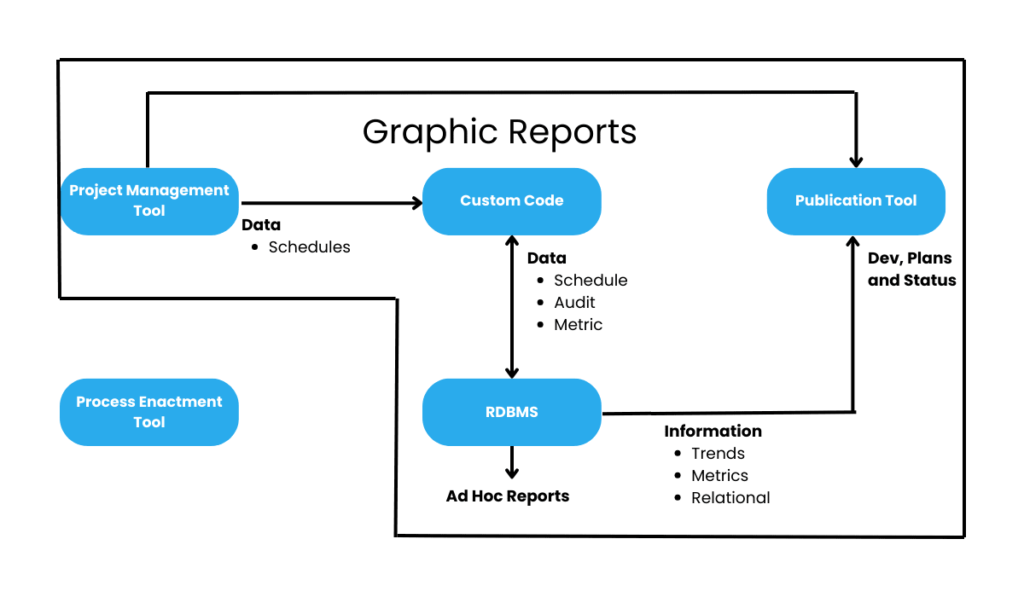Table of Contents
ToggleIn the past few decades, project management has undergone a remarkable transformation. From the rigid, process-focused systems that dominated earlier project methodologies, a new principles-based approach has emerged. This shift reflects a broader evolution in business, driven by rapid technological change, market volatility, and a demand for more adaptive, value-driven outcomes. In this article, we explore the journey from process-based to principles-based project management, outlining the benefits, limitations, and how this transition is redefining the way we think about project success.

1. The Foundations of Process-Based Project Management
Process-based project management is grounded in a structured approach. It emphasizes following a defined sequence of tasks and activities to ensure consistency and control. Classic project management methodologies, such as PRINCE2 and the PMBOK Guide, rely heavily on process frameworks. These approaches are built around stages or phases, where each task is meticulously planned, assigned, and monitored to maintain alignment with predetermined goals.

In process-based management:
- Tasks are assigned in a linear, step-by-step sequence.
- Each phase has specific deliverables and reviews before moving forward.
- Detailed documentation and structured reporting are essential for tracking progress.
For many years, this approach provided teams with clarity and consistency. However, the rigidity of these systems often led to challenges, especially in fast-paced environments where requirements and market needs can shift mid-project. Teams found themselves struggling to adapt to changes, often resulting in time delays, budget overruns, and a lack of flexibility to respond to customer feedback.
2. The Rise of Agile and Iterative Frameworks
As organizations grew frustrated with the constraints of traditional project management, Agile methodologies emerged as a way to introduce greater flexibility. Agile is characterized by iterative cycles, where projects are divided into smaller, manageable parts (sprints) that allow for frequent feedback and adjustment. Frameworks like Scrum and Kanban became popular, emphasizing collaboration, responsiveness, and customer-centricity.
Agile brought significant change by:
- Shifting focus from following a process to delivering incremental value.
- Encouraging iterative feedback and continuous improvement.
- Prioritizing collaboration between cross-functional teams.
This approach led to quicker results and more satisfied customers, as it allowed teams to adapt to changes and incorporate feedback at every stage. Agile’s success demonstrated the need for more adaptable project management methods, laying the groundwork for principles-based approaches that prioritize flexibility and value over strict adherence to processes.
3. The Shift to Principles-Based Approaches
Principles-based project management moves away from rigid processes in favor of core guiding principles that shape decisions and actions. Rather than focusing on a predefined set of steps, it emphasizes values that allow project teams to adapt, innovate, and focus on long-term objectives. By aligning projects with a set of core principles, organizations can remain flexible and responsive to shifting circumstances without losing sight of their goals.
In a principles-based approach, project managers rely on values like:
- Customer Value Focus: Ensuring that every aspect of the project adds value to the end-user.
- Adaptability: Encouraging teams to respond quickly to changes and unforeseen challenges.
- Continuous Improvement: Promoting a culture of learning and growth to refine processes over time.
- People-Centered Design: Recognizing the importance of team collaboration and stakeholder engagement.
This mindset allows teams to assess project needs based on current circumstances, using principles as a guiding compass rather than a step-by-step manual. It fosters a more holistic view, allowing for innovative solutions and responsiveness to customer feedback.
4. Popular Principles-Based Frameworks
Several principles-based frameworks have gained traction as organizations look for more flexible ways to manage projects. Notable among these are:
- PRINCE2 Agile: Integrates the PRINCE2 methodology’s structured governance with the flexibility of Agile principles, helping teams focus on outcomes while managing risks.
- AgilePM: Combines Agile’s iterative development with foundational project management principles to create adaptable, collaborative project environments.
- PMI’s Agile Practice Guide: Developed by the Project Management Institute, it serves as a guide for combining traditional and Agile practices based on principles rather than rigid processes.
The recent release of PMBOK 7 by PMI also reflects this trend, as it emphasizes guiding principles and outcomes over a strict process. This shift signifies that even established project management organizations recognize the value of flexibility in today’s dynamic environment.
5. Process-Based vs. Principles-Based Approaches
The key distinctions between process-based and principles-based approaches lie in structure and adaptability:
| Aspect | Process-Based Approach | Principles-Based Approach |
|---|---|---|
| Focus | Structured, step-by-step processes | Guiding principles and adaptability |
| Methodology | Defined phases and milestones | Values and outcomes-driven |
| Flexibility | Low; difficult to adapt mid-project | High; can quickly adjust to new information |
| Customer Involvement | Typically minimal until project completion | Continuous, through iterative feedback |
| Documentation | Extensive, formalized | Streamlined, as needed |
| Decision-Making | Top-down, based on pre-set plans | Empowered teams guided by core principles |
By relying on principles, project teams have the freedom to make real-time adjustments while remaining focused on delivering value.
6. Benefits of Principles-Based Project Management
A principles-based approach offers numerous advantages for modern project environments:
- Enhanced Flexibility: Teams can adjust priorities and pivot as new information or challenges arise.
- Customer-Centric Outcomes: Continuous alignment with customer needs ensures that the end product is relevant and impactful.
- Improved Team Engagement: Empowering teams to make decisions fosters a sense of ownership and accountability.
- Resilience in Complex Environments: The adaptability of principles-based management helps teams navigate complex, uncertain scenarios more effectively.
- Continuous Improvement Culture: Encouraging iterative feedback and refinement allows projects to evolve based on real-time insights.
These benefits make principles-based project management an ideal choice for organizations facing unpredictable and fast-paced markets.
7. Hybrid Approaches: Combining Process and Principles
In many cases, organizations are blending process-based and principles-based approaches to create hybrid models that benefit from both structure and adaptability. These hybrid models typically follow a process framework but allow teams the flexibility to adapt based on core principles. This approach combines the best of both worlds, balancing structure with the freedom to innovate.
For instance, a project team may follow a structured Agile framework for task management but use principles like customer-centricity and adaptability to make decisions throughout the project lifecycle. Hybrid models are increasingly popular as they provide a foundation of reliability while allowing room for flexibility and creativity.
8. The Future of Project Management: Embracing Principles-Based Mindsets
As the business landscape becomes increasingly digital and complex, principles-based approaches are expected to gain traction. Future project managers will likely need to develop skills that go beyond task management, including adaptability, emotional intelligence, and strategic thinking. The rise of digital tools, data analytics, and artificial intelligence is also influencing the shift toward principles-based project management, as these technologies enable real-time insights and adjustments that benefit from a flexible approach.
In addition, we can expect that future project management training will emphasize principles over rigid frameworks, equipping professionals to adapt and innovate based on the unique needs of each project.
Conclusion
The evolution from process-based to principles-based project management represents a profound shift in how organizations achieve project success. While traditional process-based methods offer clarity and structure, principles-based approaches prioritize adaptability, customer value, and team empowerment. By focusing on core principles, today’s project managers are better equipped to meet the demands of a rapidly changing world, where flexibility and responsiveness are crucial for success.
This shift underscores a new era in project management—one where guiding principles and values drive outcomes rather than predetermined steps. As organizations continue to evolve, embracing a principles-based mindset will not only improve project results but also foster a culture of continuous learning and innovation that benefits both teams and customers alike.
